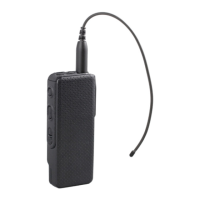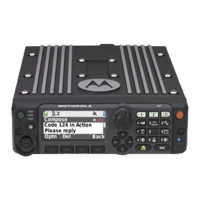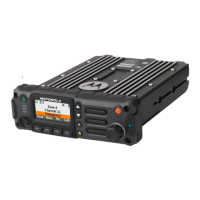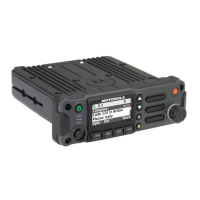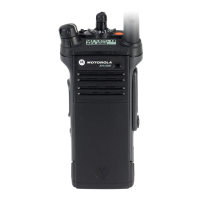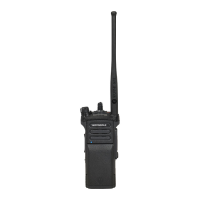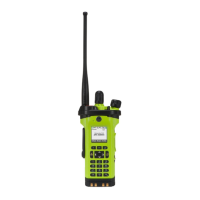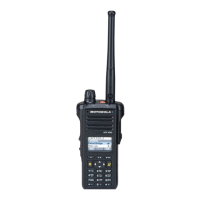Chapter 6.4 700/800 MHz Troubleshooting Charts
6.4.1 Introduction
This chapter contains detailed troubleshooting flowcharts. These flowcharts are for use as a guide in
determining the problem areas. They are not a substitute for the knowledge of circuit operation and
astute troubleshooting techniques. It is advisable to refer to the related detailed circuit descriptions in
the theory sections prior to troubleshooting a radio.
This manual is to be used in conjunction with the ASTRO XTS 2500/XTS 2500
I/XTS 2000/ATS 3000
Digital Portable Radios Basic Service Manual (Motorola part number 6816984H01), which uses the
pass/fail service approach to radio problems.
6.4.2 List of Troubleshooting Flowcharts
Most troubleshooting flowcharts end up by pointing to an IC to replace. It is not always noted, but it
is good practice to verify supplies and grounds to the affected IC and to trace continuity to
the malfunctioning signal and related circuitry before replacing any IC. For instance, if a clock
signal is not available at a destination IC, continuity from the source IC should be checked before
replacing the source IC.
NOTE: µC is used in several of the following troubleshooting charts.
µC = microcontroller unit (MCU).
Table 6.4-1. List of Troubleshooting Flowcharts
Chart Name Page No.
700/800 MHz Radio Main Troubleshooting Chart 6.4-2
Radio Power-Up Fail Troubleshooting Chart 6.4-3
DC Supply Fail Troubleshooting Chart 6.4-6
Button Test Troubleshooting Chart 6.4-9
Volume Set Error Troubleshooting Chart 6.4-10
Zone/Channel Select Error Troubleshooting Chart 6.4-11
Top/Side Button Error Troubleshooting Chart 6.4-12
No Display Troubleshooting Chart 6.4-15
700/800 MHz Receive RF Troubleshooting Chart 6.4-16
VOCON Receive Audio Troubleshooting Chart 6.4-17
700/800 MHz Frequency Generation Unit Troubleshooting Chart 6.4-18
VOCON Transmit Audio Troubleshooting Chart 6.4-19
No Transmit Deviation Troubleshooting Chart 6.4-21
700/800 MHz Transmitter RF Troubleshooting Chart 6.4-22
Secure Hardware Failure 6.4-23

